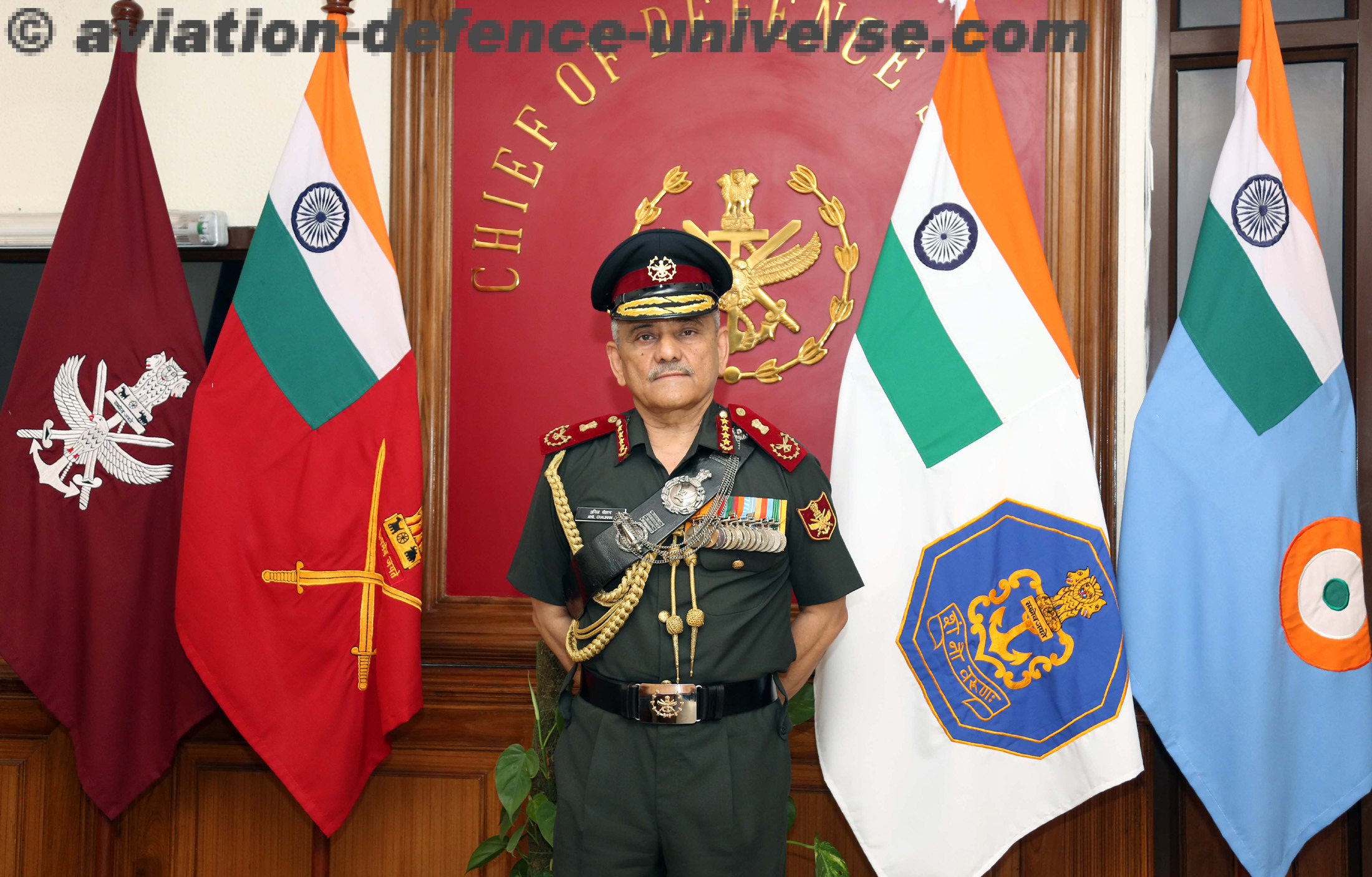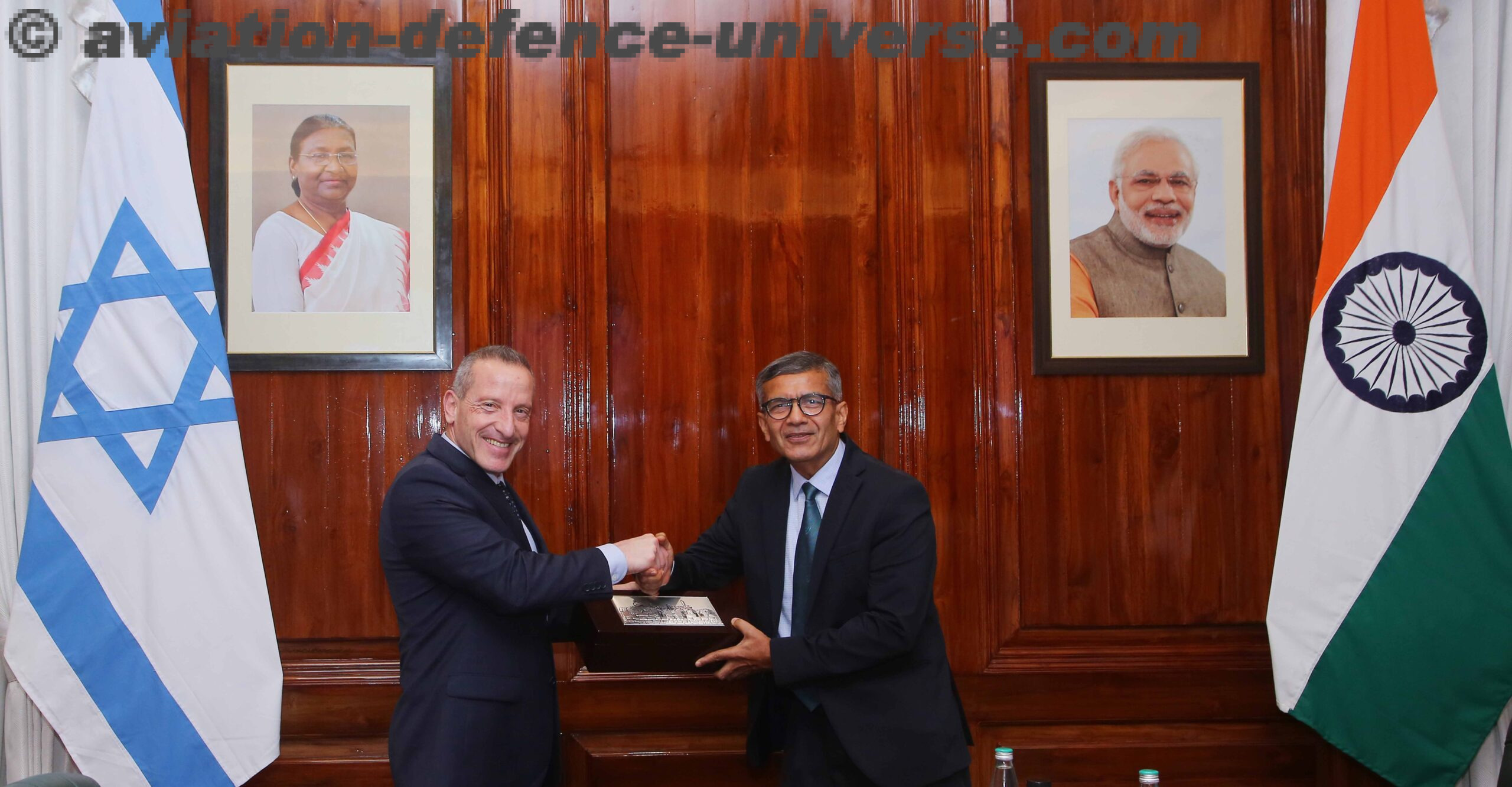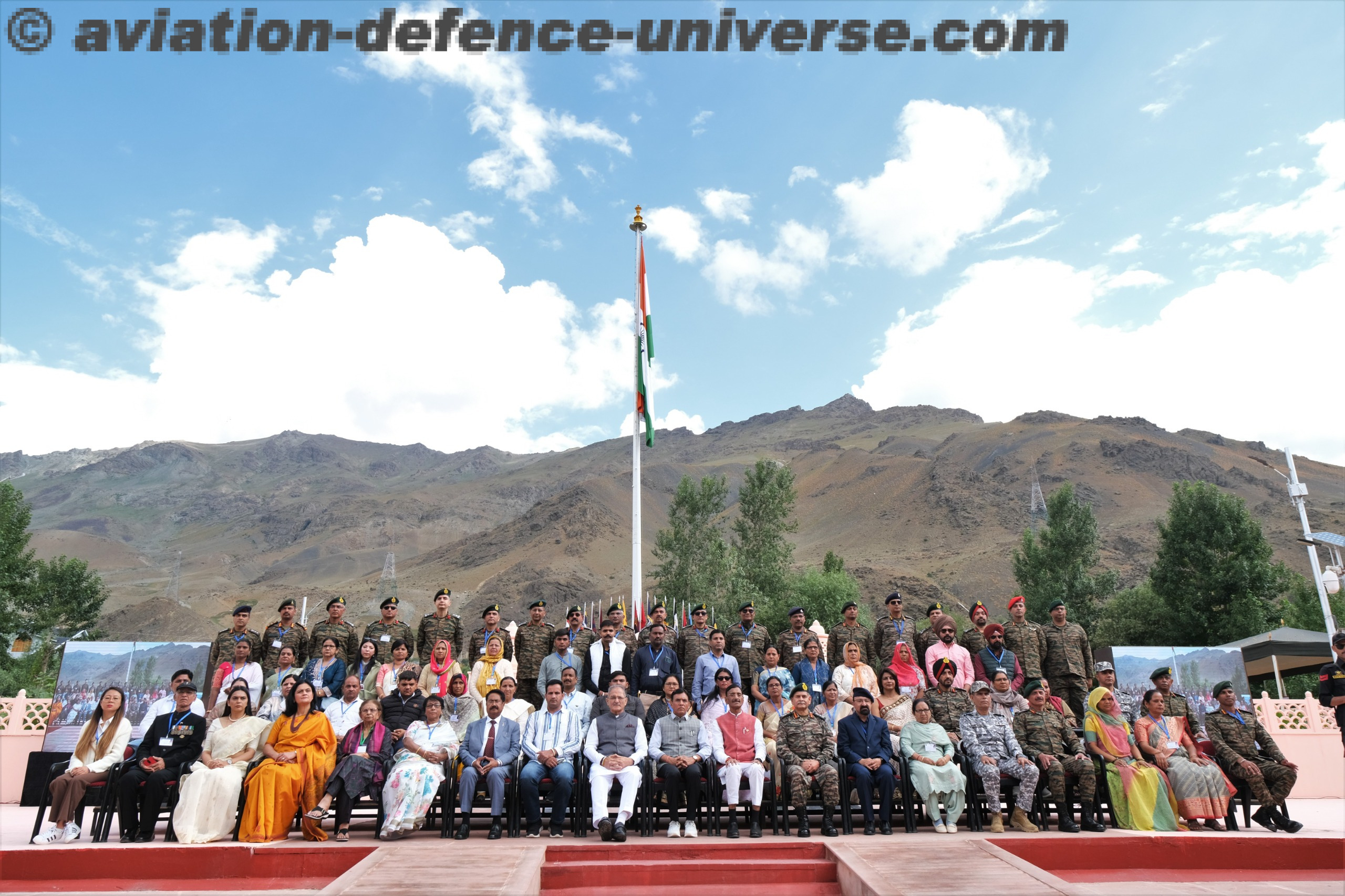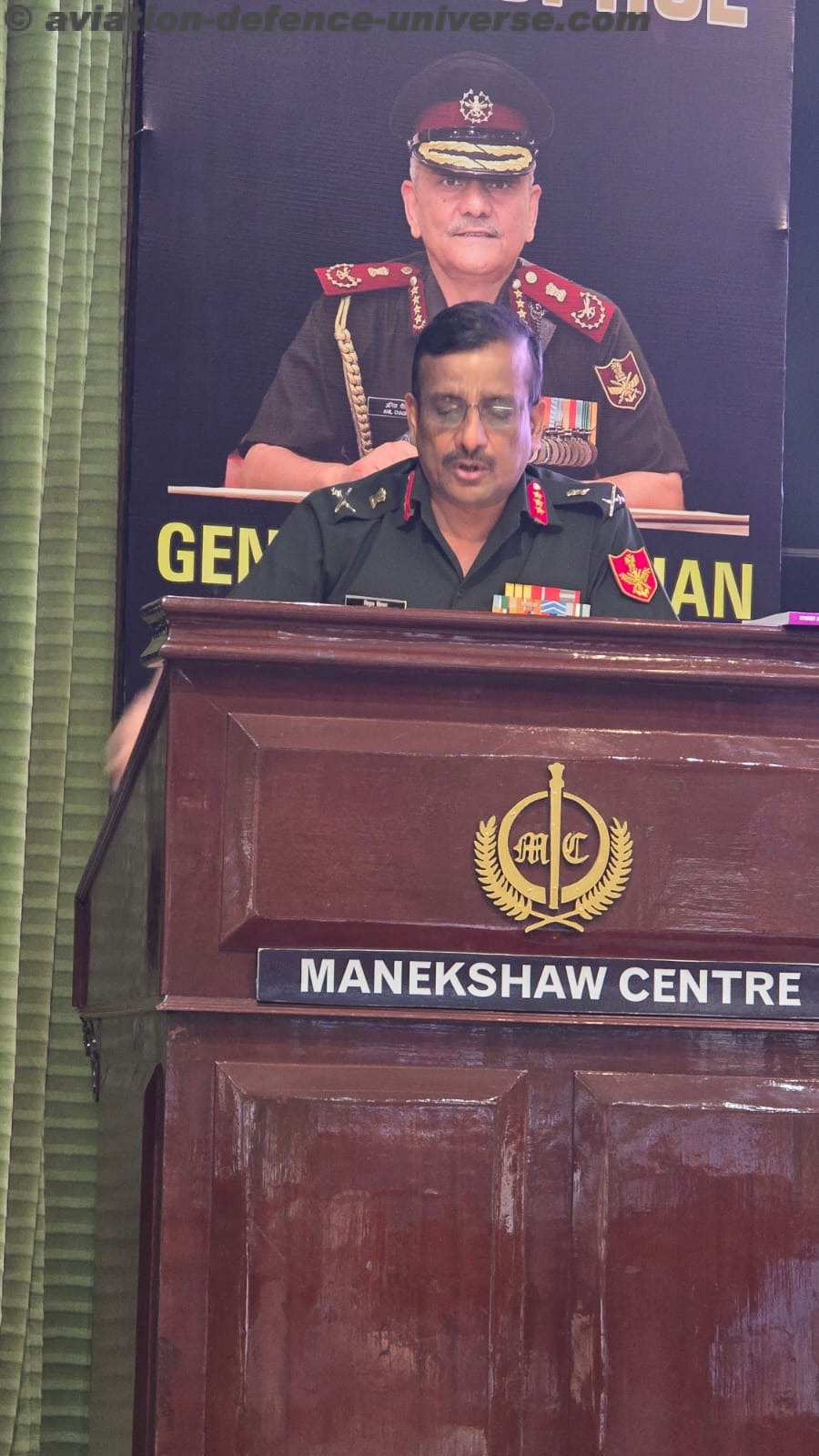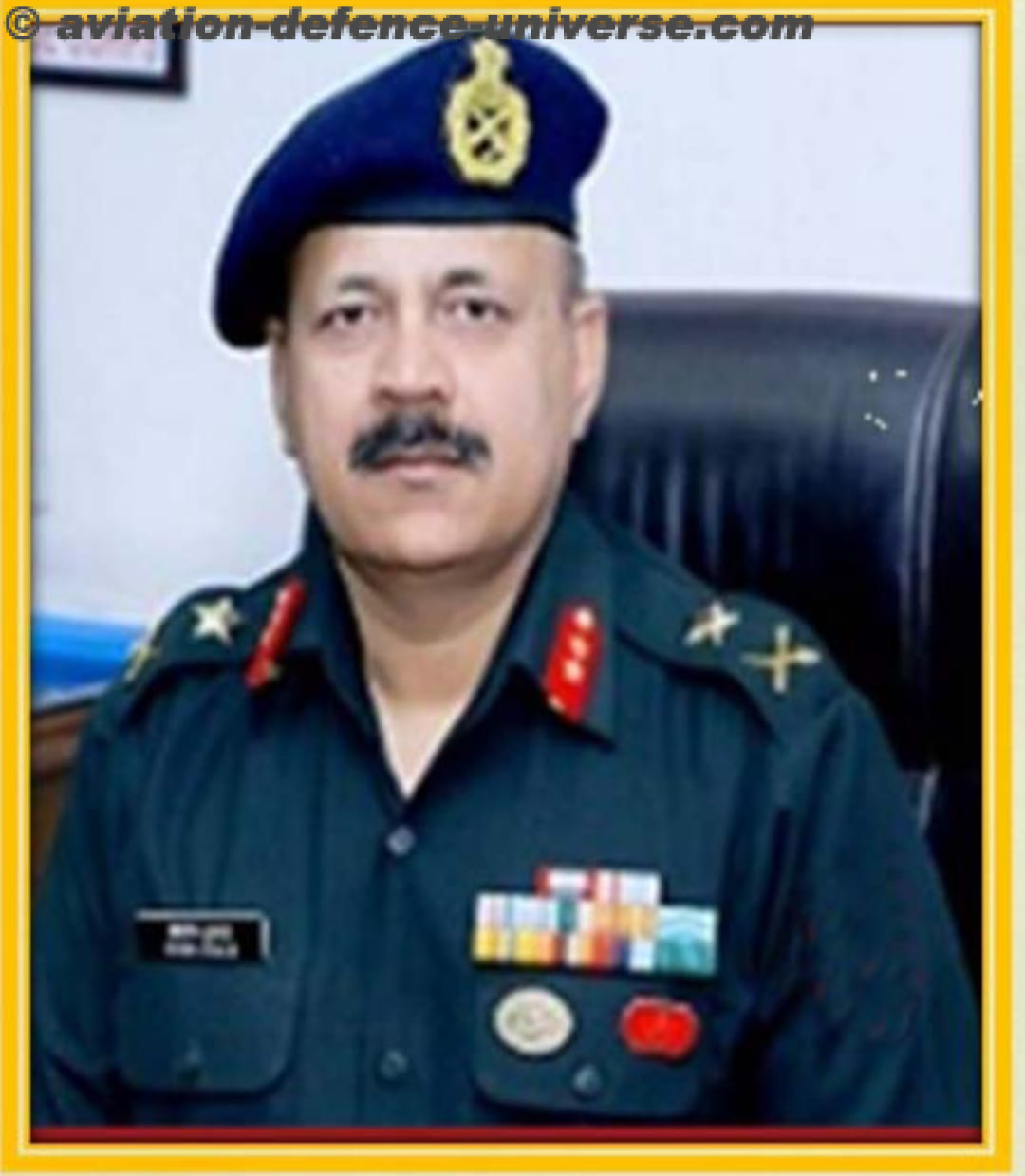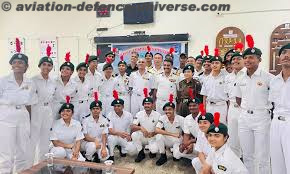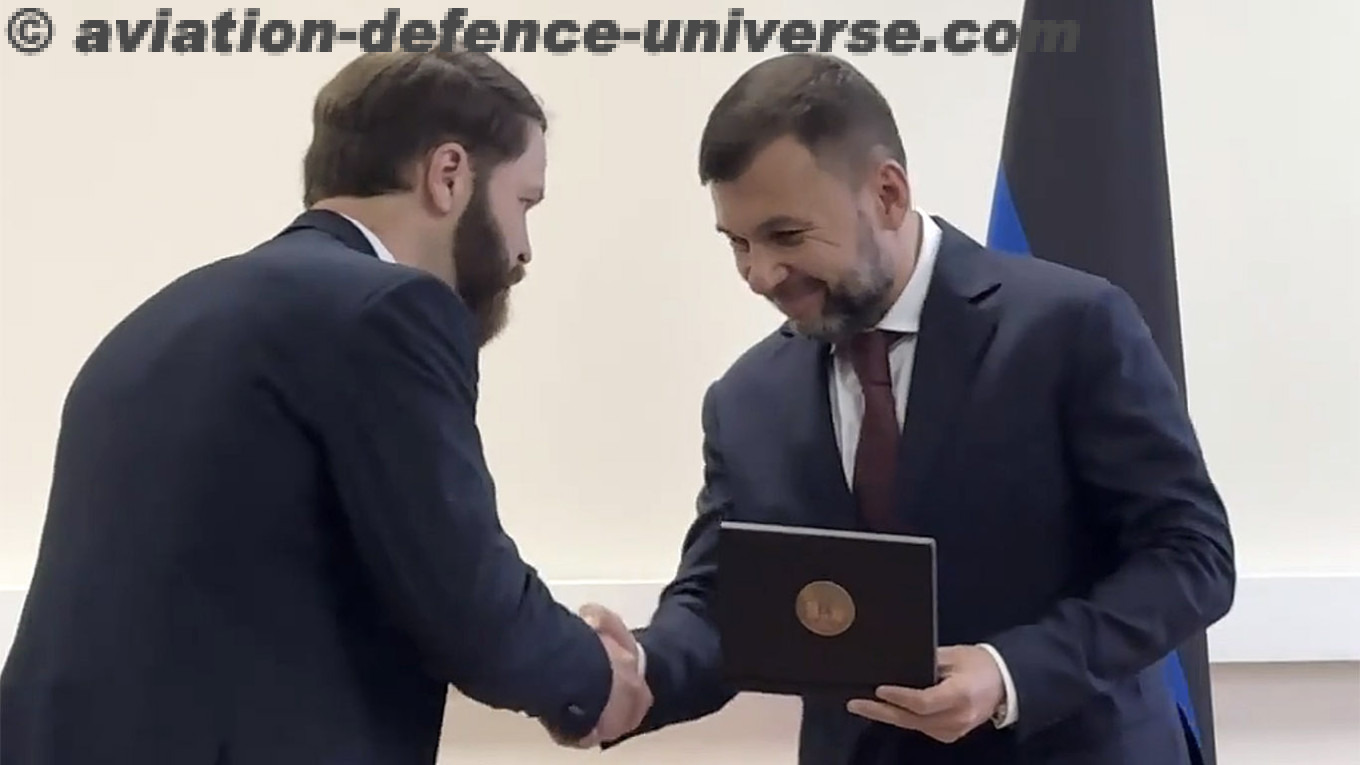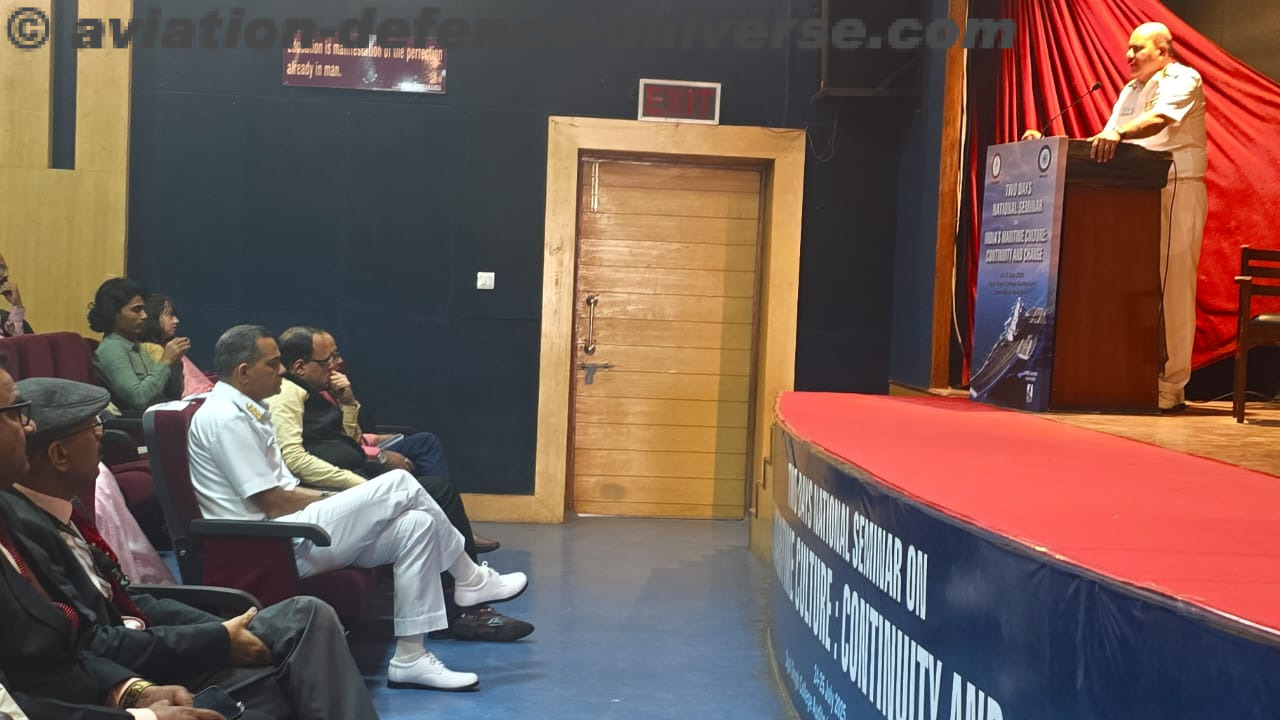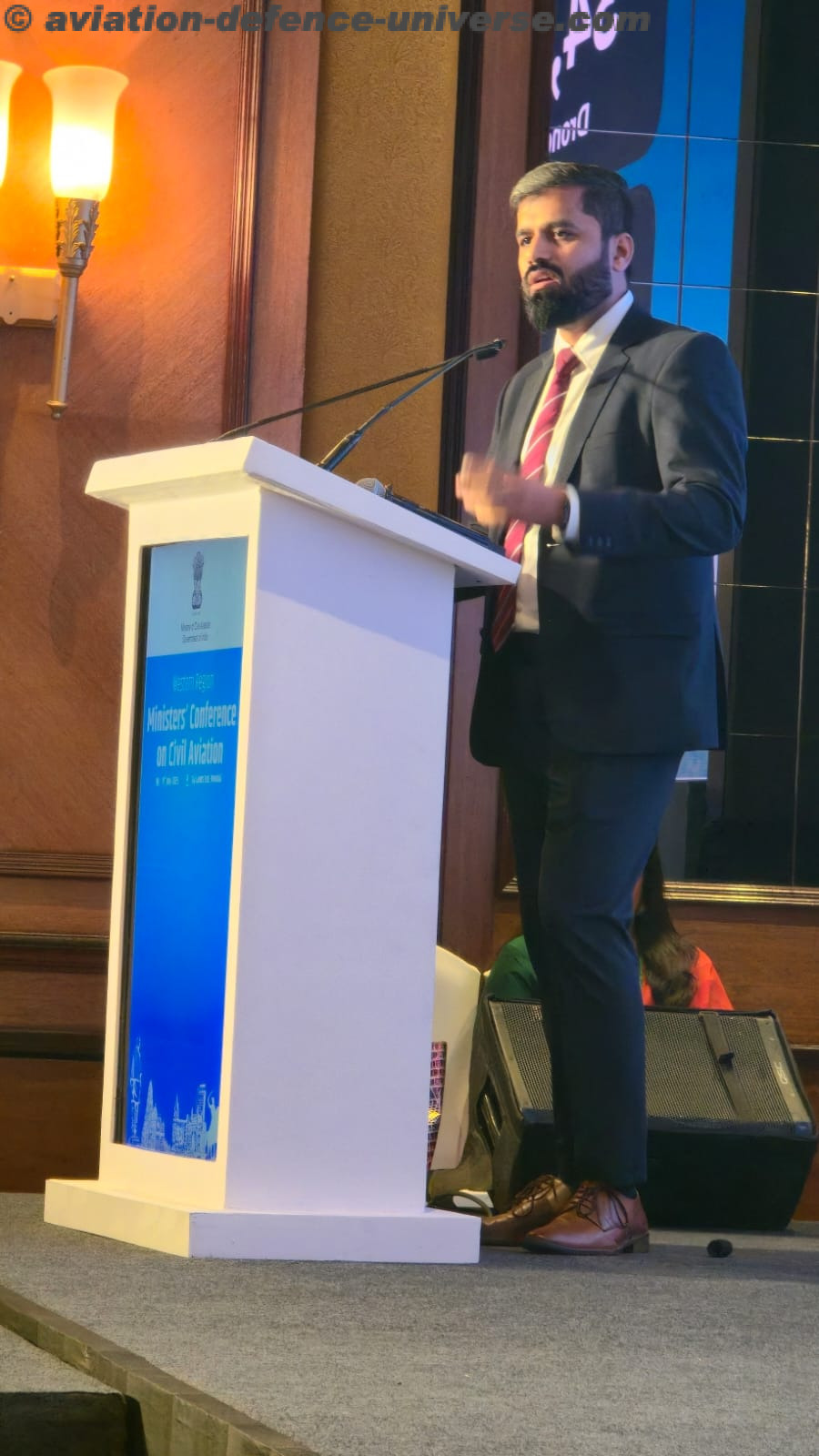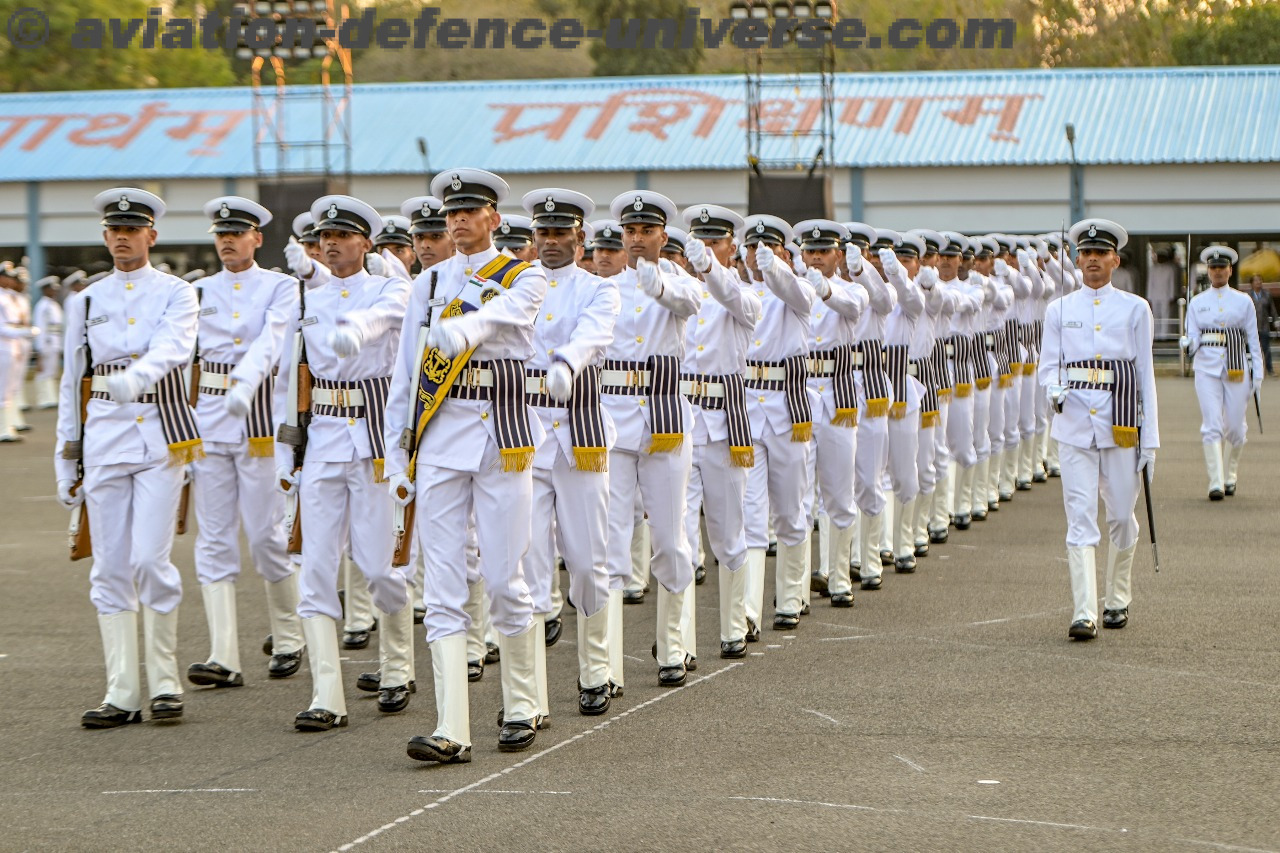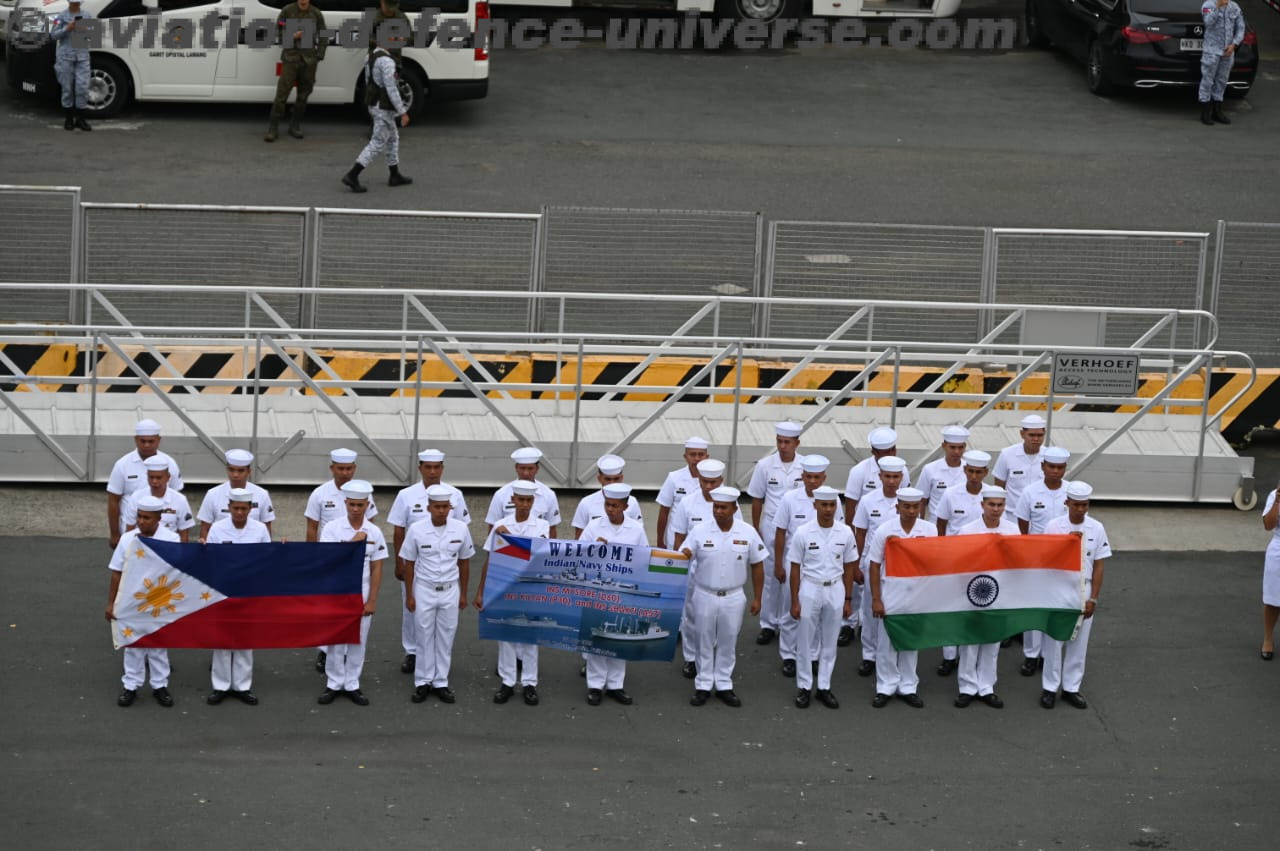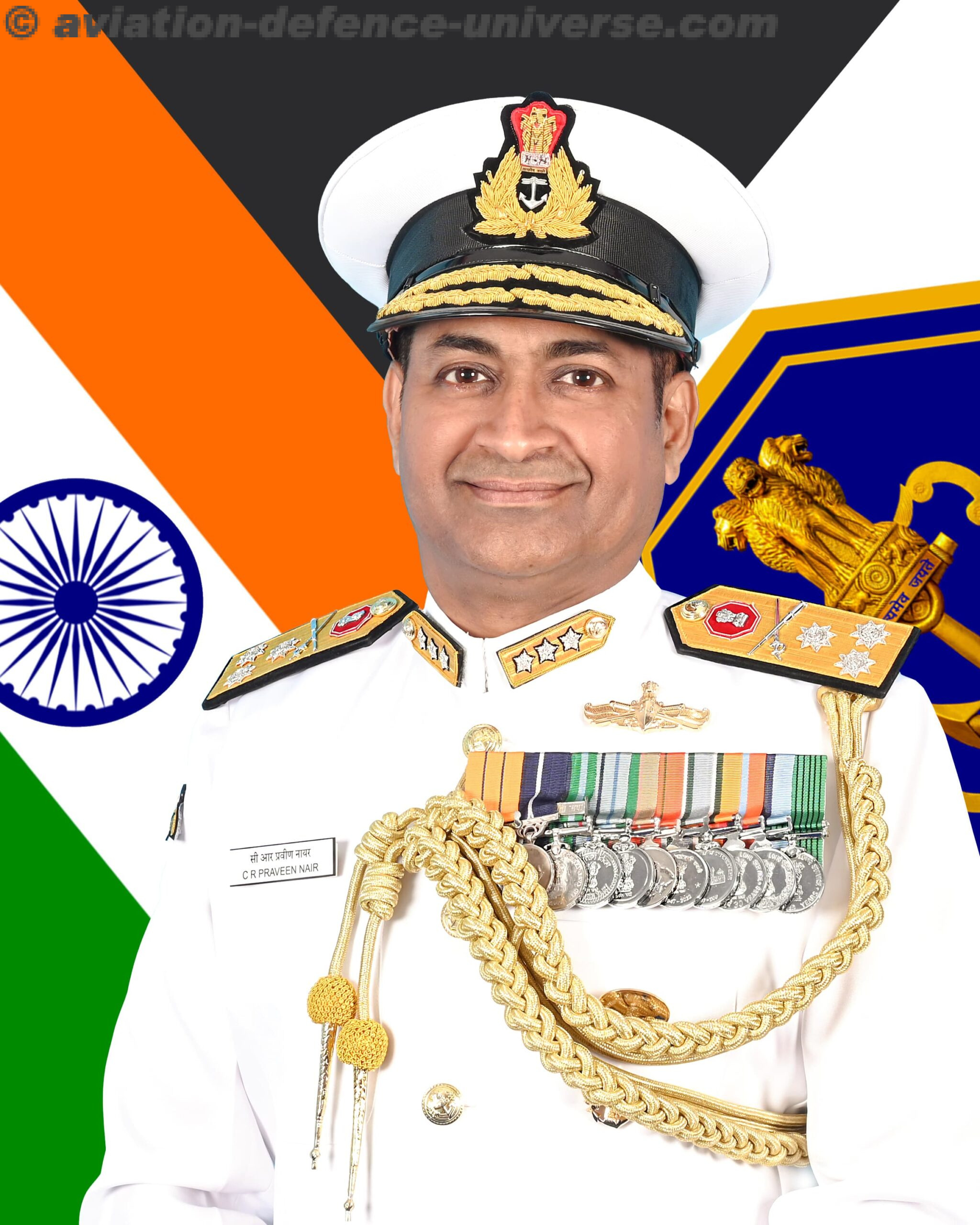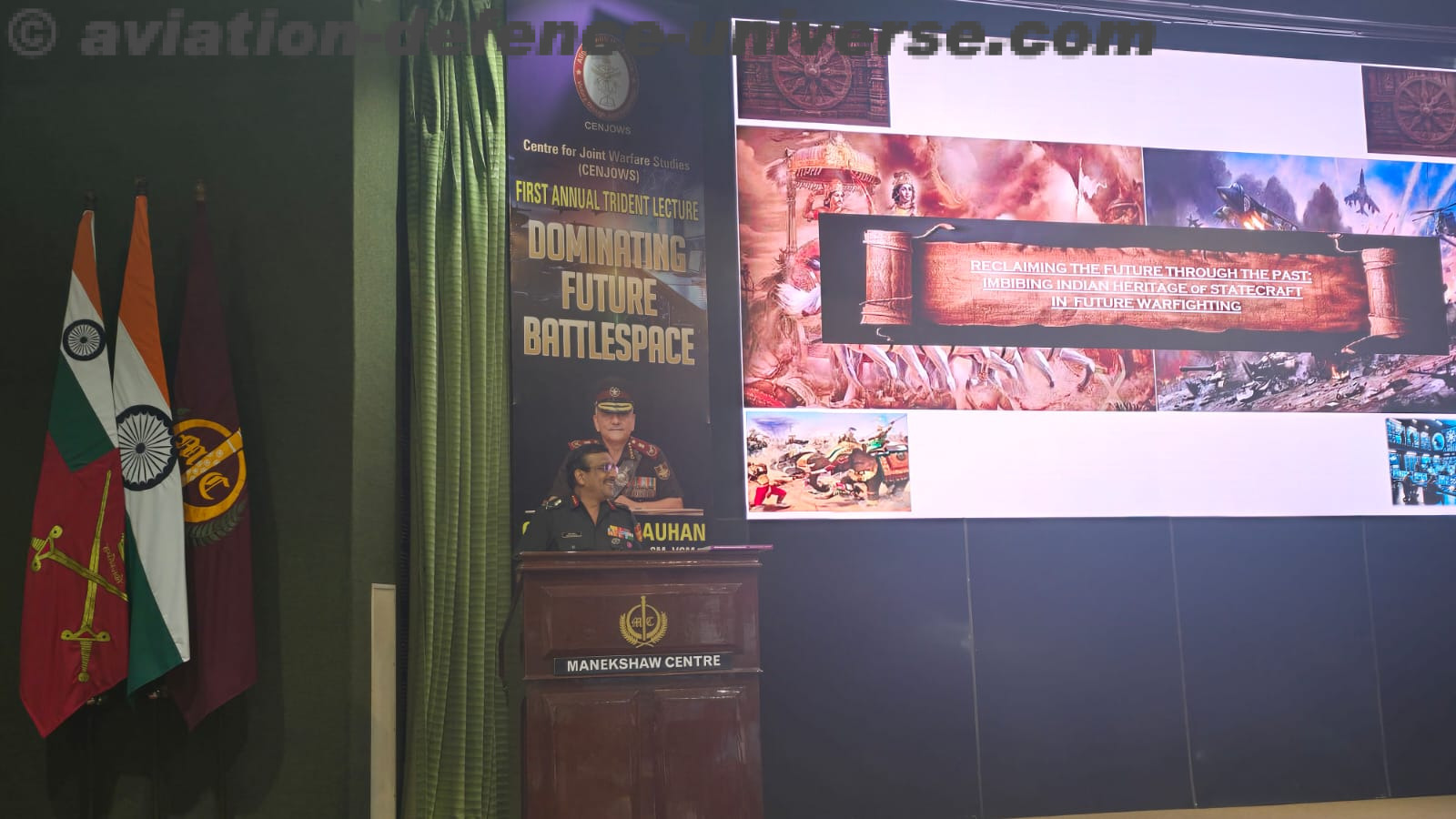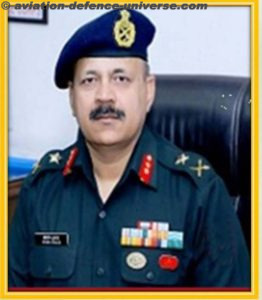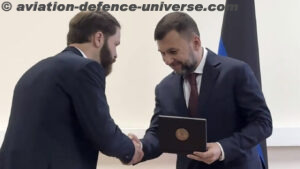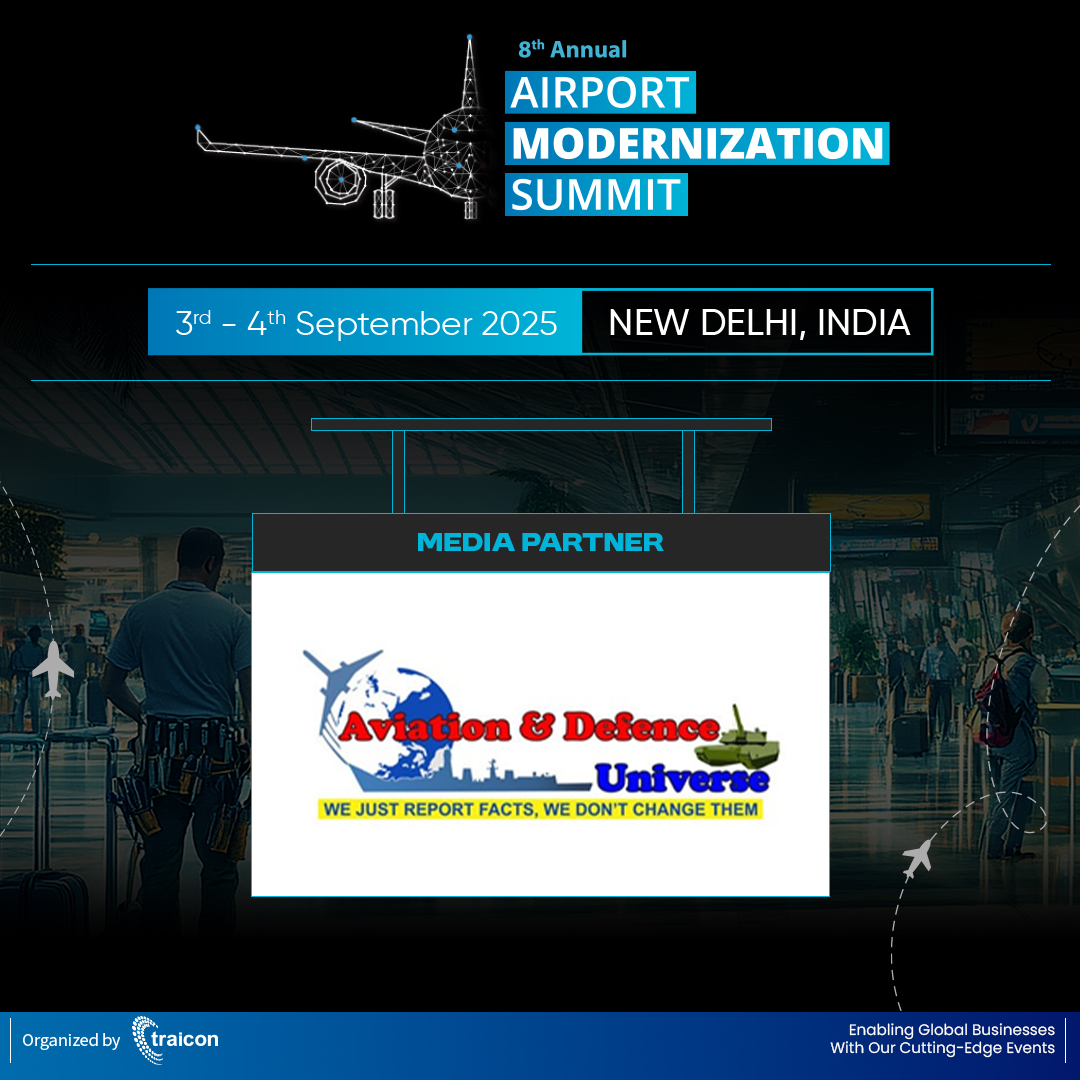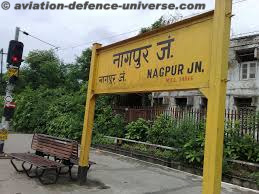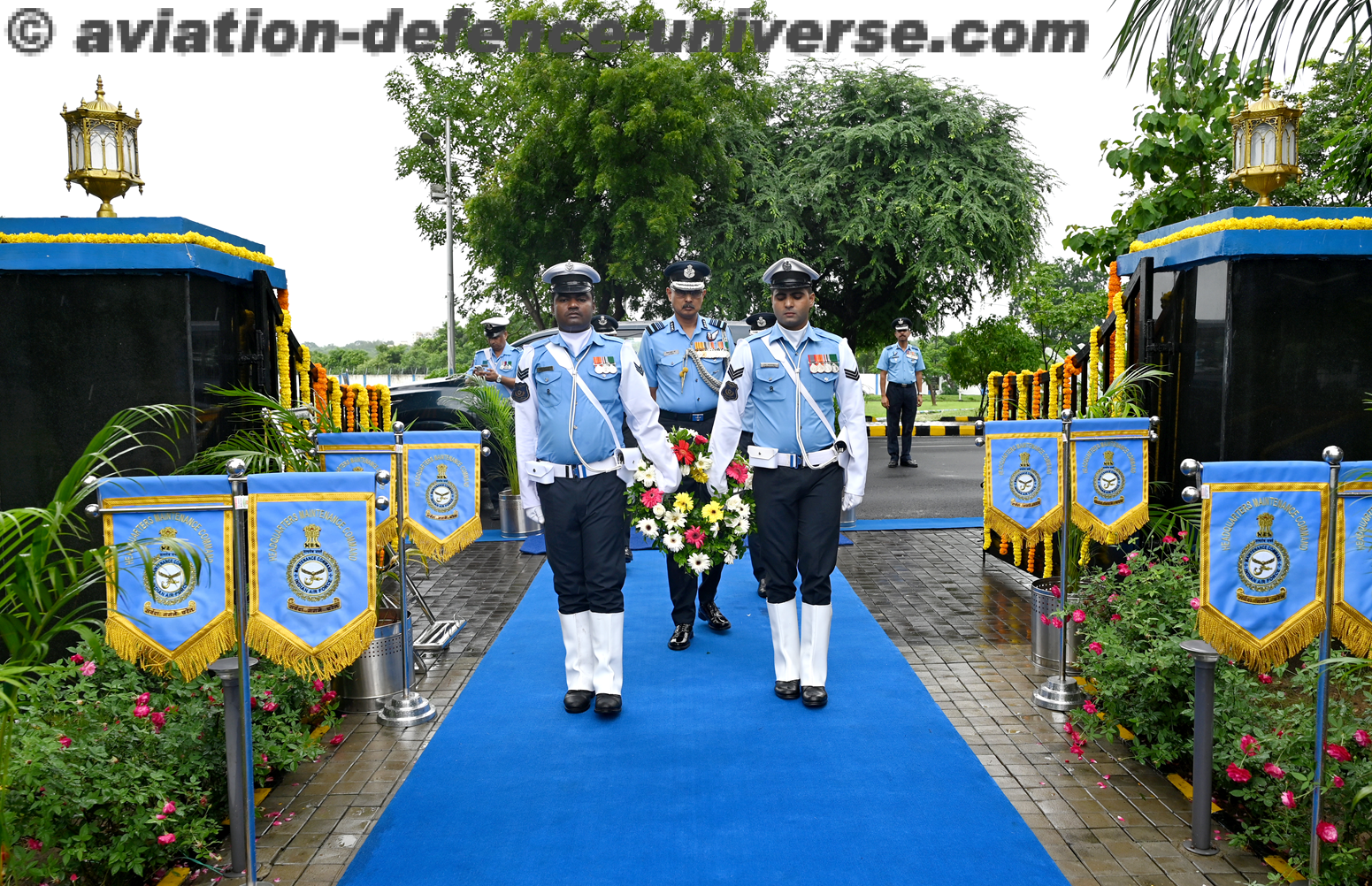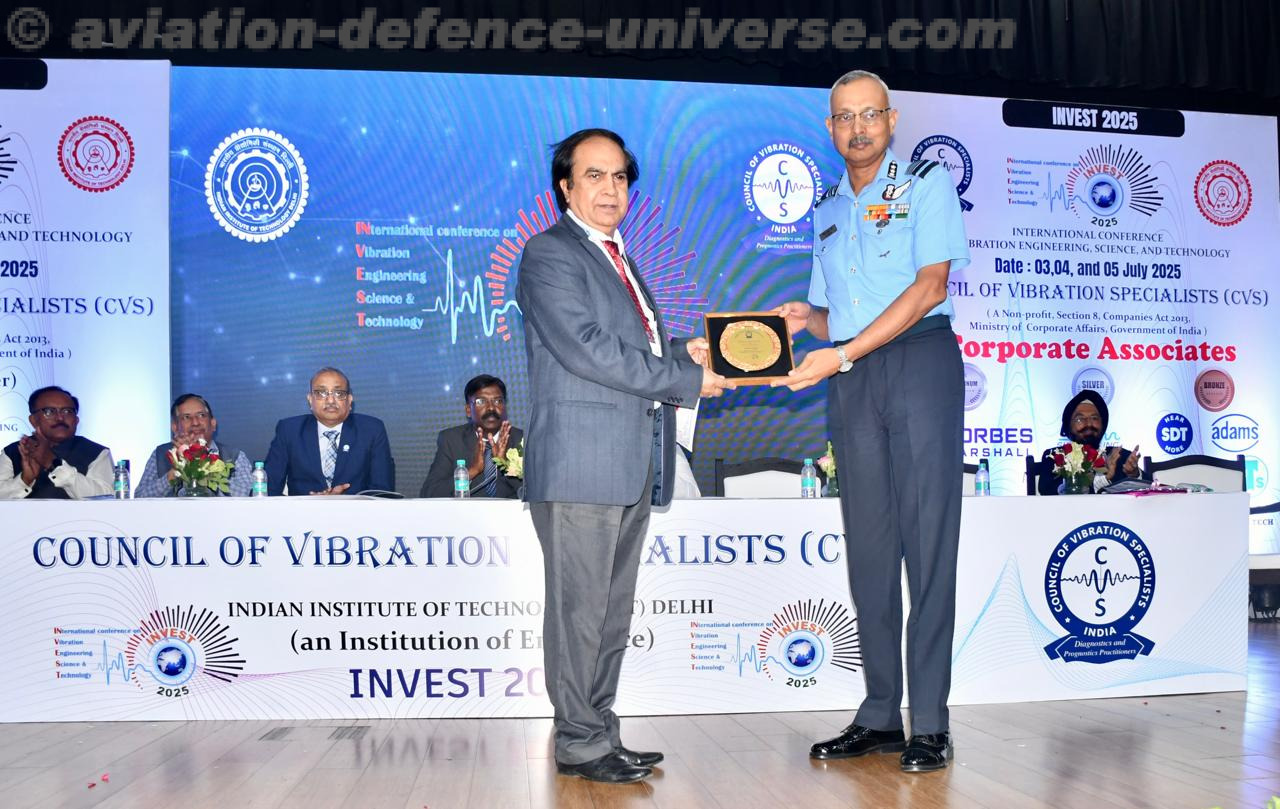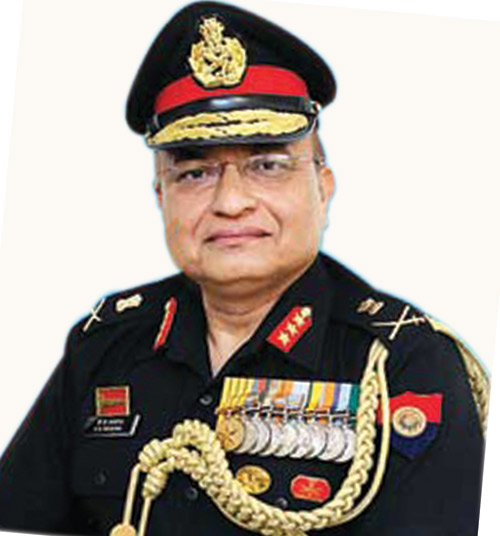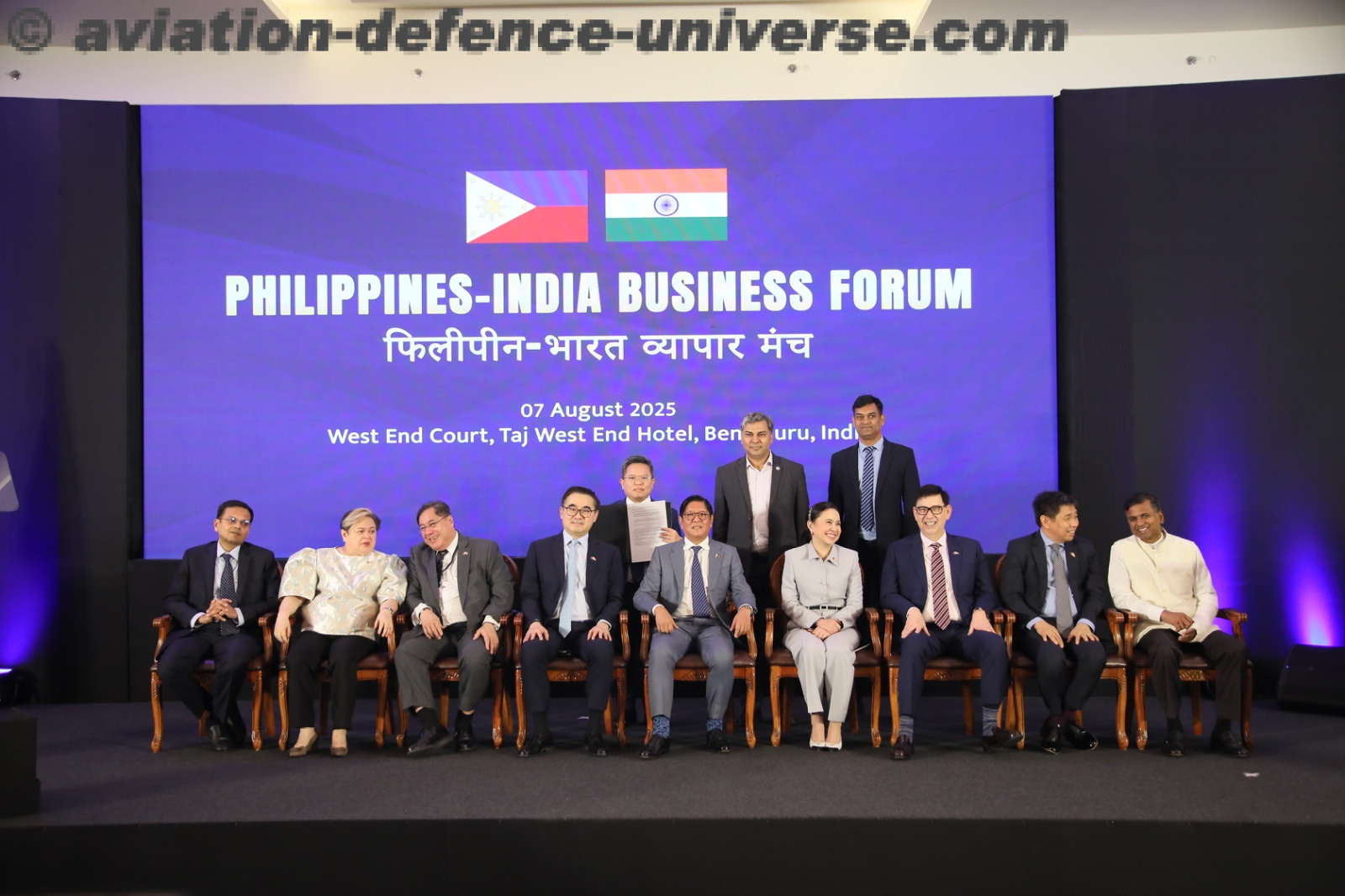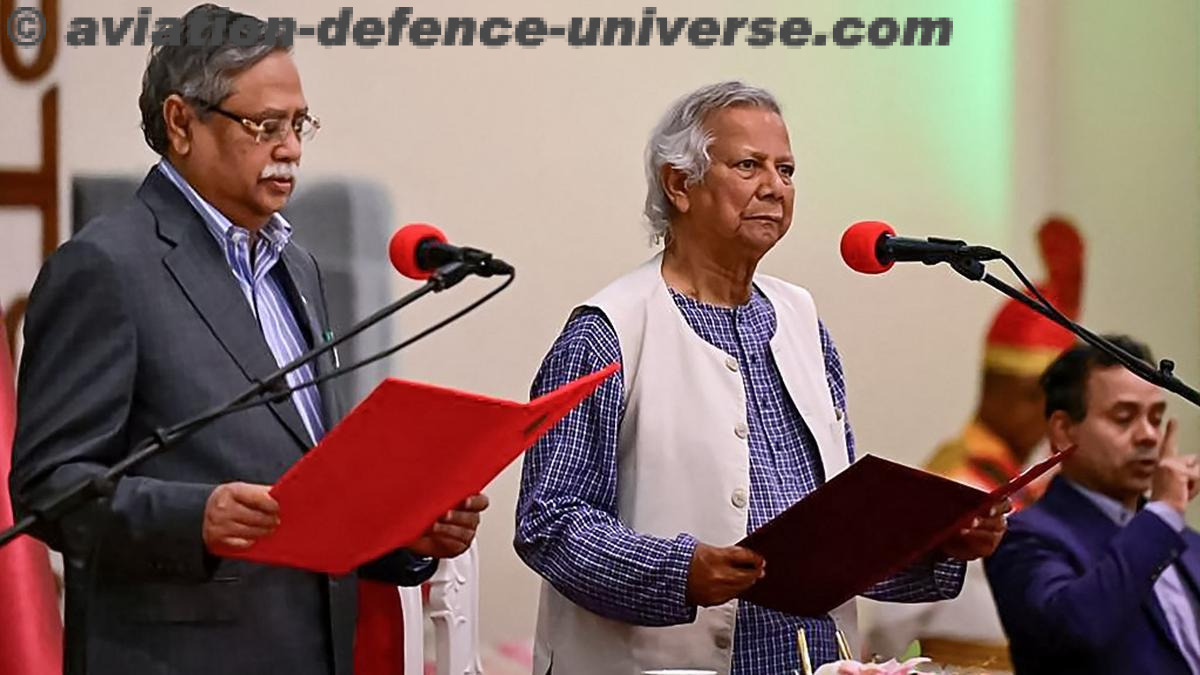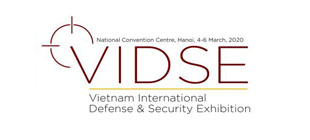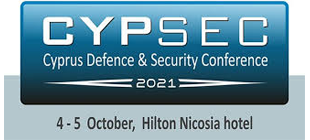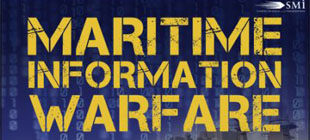- From Kurukshetra to Cyberspace: Applying India’s Scriptural Warfare Lessons Today
- Shakti, Yukti, Niti: Fusing Ancient Doctrine with Modern Defence Strategy
- Arthashastra to Hybrid Warfare: Ancient Principles Shaping Modern Conflict
- It is Time to Think in India, Not Just Make in India.
By Sangeeta Saxena
New Delhi. 11 August 2025. Very rarely does one get to hear such analogies and very few speakers have the ability to leave the audience awestruck. Lt. Gen Vipul Shinghal DCIDS (DOT) from HQ IDS recently in his address in a lecture organised by HQ IDS and CENJOWS did just this. “The Mahabharata is not merely a mythological narrative. It is a multi-dimensional discourse on dharma, power, leadership, and war. Shri Krishna’s counsel to Arjuna is not spiritual, it is strategic—act with purpose, be anchored in dharma, and be detached from personal gain. Calm in crisis, focused amid chaos, unshaken by triumph or despair—that is the quality every military leader must embody,” he put forth.
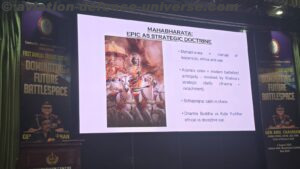 “India is a civilisation that did not just survive history—it shaped it. Victory in the 21st century will be judged by the resilience of our society, the clarity of our strategy, and the power of our ideas,” he said with elan. The Mahabharata demonstrates kinetic and non-kinetic warfare, psychological operations, narrative control, decoys, and espionage. The episode with Dronacharya and Ashwatthama is a classical case of fake news—disarming the enemy through deception,” started Lt. General Shinghal. And what followed were 30 minutes of pure mesmerism.
“India is a civilisation that did not just survive history—it shaped it. Victory in the 21st century will be judged by the resilience of our society, the clarity of our strategy, and the power of our ideas,” he said with elan. The Mahabharata demonstrates kinetic and non-kinetic warfare, psychological operations, narrative control, decoys, and espionage. The episode with Dronacharya and Ashwatthama is a classical case of fake news—disarming the enemy through deception,” started Lt. General Shinghal. And what followed were 30 minutes of pure mesmerism.
In a compelling address on “Imbibing Heritage Tradecraft for Today’s Warfighting”, the speaker bridged millennia of Indian strategic thought with the complexities of modern conflict. Drawing from epics like the Mahabharata and treatises such as Kautilya’s Arthashastra, he explored how ancient doctrines of dharma, covert warfare, and alliance-building remain strikingly relevant in the age of multi-domain operations, hybrid threats, and information warfare. His address was not just a historical reflection but a call to integrate indigenous wisdom into India’s evolving strategic framework.
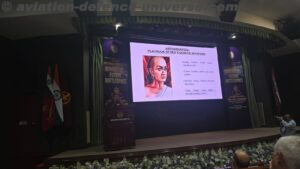 “Kautilya’s Arthashastra remains one of the most advanced pieces of literature on strategy and governance. Shakti (power), Yukti (strategy), and Niti (ethics) are multi-dimensional tools that must be used together for national interest. History shows the price of not adapting—Prithviraj Chauhan’s defeat in 1192 and Rana Sanga’s loss at Khanwa are prime examples. Shivaji’s synthesis of asymmetric warfare and governance marked the revival of guerrilla warfare in India,” he explained.
“Kautilya’s Arthashastra remains one of the most advanced pieces of literature on strategy and governance. Shakti (power), Yukti (strategy), and Niti (ethics) are multi-dimensional tools that must be used together for national interest. History shows the price of not adapting—Prithviraj Chauhan’s defeat in 1192 and Rana Sanga’s loss at Khanwa are prime examples. Shivaji’s synthesis of asymmetric warfare and governance marked the revival of guerrilla warfare in India,” he explained.
The Arthashastra, penned by Kautilya, remains one of history’s most sophisticated treatises on statecraft. Its doctrines of Guda Yudh (covert war), Sunan Yudh (silent war), and the Mandala Theory of alliance-building are remarkably applicable to today’s geopolitical environment. Kautilya’s triad of Shakti (power), Yukti (strategy), and Niti (ethics) presents a balanced approach to national interest—urging the blending of moral purpose with tactical adaptability.
“The Shatguniya outlines six diplomatic options—Sandhi, Vigraha, Asana, Yana, Sanshreya, and Dvai Bhava—still relevant in today’s world of issue-based alliances. Matsya Niyaya reminds us that without the rule of law, the big fish will swallow the small fish. Our ancient doctrines of combined arms—elephant for shock action, cavalry for mobility, infantry for sieges—are the roots of modern joint and multi-domain operations,” added Lt Gen Shinghal.
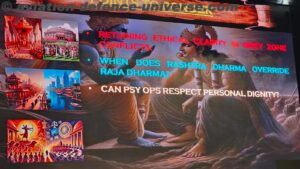 From the battlefields of Kurukshetra to the councils of ancient kings, India’s scriptures offer a rich legacy of military thought. The Mahabharata stands as a timeless repository of strategic wisdom, portraying war not merely as a clash of arms but as a moral and psychological contest. Concepts like Stith Prajna—the steady mind in crisis—and Krishna’s counsel to act without attachment reflect enduring leadership principles. The epic’s distinction between Dharmayudh (righteous war) and Kootayudh (deceitful war) mirrors contemporary debates over the ethics of hybrid warfare, disinformation, and psychological operations.
From the battlefields of Kurukshetra to the councils of ancient kings, India’s scriptures offer a rich legacy of military thought. The Mahabharata stands as a timeless repository of strategic wisdom, portraying war not merely as a clash of arms but as a moral and psychological contest. Concepts like Stith Prajna—the steady mind in crisis—and Krishna’s counsel to act without attachment reflect enduring leadership principles. The epic’s distinction between Dharmayudh (righteous war) and Kootayudh (deceitful war) mirrors contemporary debates over the ethics of hybrid warfare, disinformation, and psychological operations.
He reiterated, “Our ancient doctrines of combined arms—elephant for shock action, cavalry for mobility, infantry for sieges—are the roots of modern joint and multi-domain operations. Victory in the 21st century will be judged by the resilience of our society, the clarity of our strategy, and the power of our ideas. The time has come not just to make in India but to think in India.”
Indian history is replete with examples where these principles were either successfully applied or fatally ignored. Shivaji’s mastery of asymmetric warfare revitalised guerrilla tactics, while strategic oversights—like Prithviraj Chauhan’s failure to adapt to new cavalry manoeuvres in 1192—serve as cautionary tales. From ancient epics to battlefield innovation, India’s heritage offers both inspiration and instruction for modern military thought.
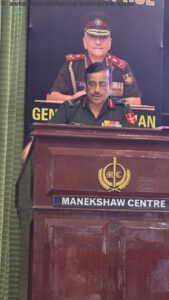 The speech reinforced that India’s strategic heritage is not an antiquated relic but a living reservoir of wisdom. By adapting doctrines like the Mandala Theory, Shatguniya, and Matsya Niyaya to contemporary realities, India can navigate the complexities of multi-domain warfare with both moral clarity and operational dexterity. Victory in the 21st century, the speaker stressed, will hinge not on conquest alone but on the resilience of society, the coherence of strategy, and the intellectual depth of the nation’s approach to security. The challenge now is to forge a uniquely Indian way of warfare—rooted in heritage, sharpened by technology, and guided by an unwavering commitment to national interest. India’s strategic heritage offers a treasury of timeless principles that resonate strongly with the demands of modern multi-domain warfare.Rooted in epics these doctrines emphasise adaptability, alliance-building, and the fusion of moral clarity with tactical ingenuity.
The speech reinforced that India’s strategic heritage is not an antiquated relic but a living reservoir of wisdom. By adapting doctrines like the Mandala Theory, Shatguniya, and Matsya Niyaya to contemporary realities, India can navigate the complexities of multi-domain warfare with both moral clarity and operational dexterity. Victory in the 21st century, the speaker stressed, will hinge not on conquest alone but on the resilience of society, the coherence of strategy, and the intellectual depth of the nation’s approach to security. The challenge now is to forge a uniquely Indian way of warfare—rooted in heritage, sharpened by technology, and guided by an unwavering commitment to national interest. India’s strategic heritage offers a treasury of timeless principles that resonate strongly with the demands of modern multi-domain warfare.Rooted in epics these doctrines emphasise adaptability, alliance-building, and the fusion of moral clarity with tactical ingenuity.
Concepts now reinterpreted as interest-based coalitions rather than purely geographic alliances—mirror the networked partnerships vital in today’s security environment. The Shatguniya’s six diplomatic postures, Matsya Niyaya’s caution against power vacuums, and the balanced triad of Shakti (power), Yukti (strategy), and Niti (ethics) offer a flexible yet principled framework for hybrid, cyber, space, and information warfare. By integrating these ancient insights with cutting-edge technology, joint force integration, and cognitive domain operations, India can craft a uniquely indigenous model of warfare—capable of meeting complex, cross-domain threats while remaining anchored in its civilisational values.











